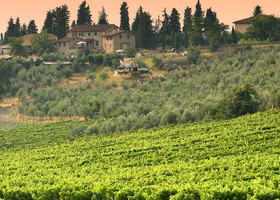Bordeaux Wines
Posted by EWWines on 3rd Sep 2022
We are once again celebrating all things Bordeaux this September at EWWines. Look out for our Bordeaux list to taste in store from our Wine Emotion machines. If you would like to revisit our previous blog on Bordeaux for a refresher of the region and some food and wine pairing suggestions click here to read.
Bordeaux has captivating wine drinkers for hundreds of years, and probably takes the place of the most prestigious wine region of the world. From its renowned Chateaux to unsung heroes who all champion the famous Bordeaux blend. Our list includes Margaux, Saint Julien, Saint Estephe, Pauillac, Haut Medoc, Medoc, Bordeaux Superieur, Pomerol, La Lande de Pomerol, Saint Emilion and Saint Emilion Grand Crus and the perfect Sauternes to finish any dinner party!
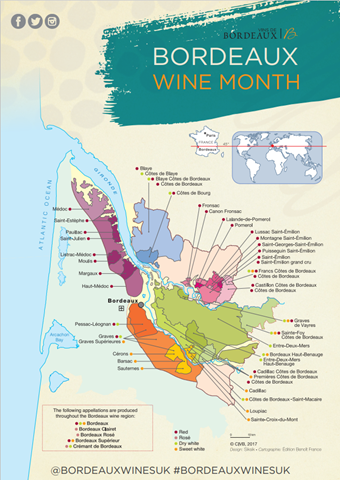
After the challenges of the pandemic vintages, 2022 vintage in Bordeaux started with warm March temperatures which encouraged an early bud burst followed by harsh spring frosts and the lowest April temperatures recorded since 1947! The reports with candles and wind machines were widely published but luckily reports of heavy losses were scarce, crisis averted.
Due to the European heatwave, the challenges continued for this vintage of 2022 with unheard of wild fires in the region in July. At the time of writing the fires have yet to affect vines directly or indirectly with smoke taint. It is widely believed that smoke taint will not harm the vintage, and conditions are improving quickly in the region as cooler temperatures are aiding the firefighters battle the wild fires. With 37,000 homes evacuated to date in the Bordeaux region the highly skilled vineyard teams which might make the harvest another challenge to overcome in the near future.
However vintage variation and adversity are both common in Bordeaux and historically Bordeaux Chateau’s adapt and overcome exceptionally well which allows the regions signature and classic styles to shine vintage after vintage even in the face of such adversities.
To overcome these challenges so effectively, winemakers have several options in Bordeaux. The most common tool is to blend. Red wines are typically blended from the most famous varieties Cabernet Sauvignon and Merlot with support from Cabernet Franc. Cabernet Sauvignon offers black fruits such as cassis and blackberries, high tannins and acidity, full body and often herbaceous notes such as mint to the blend. Merlot brings red fruits such as red plum and red cherry and has lower tannins and acidity and therefore less body. Cabernet Franc offers similar characteristics to Cabernet Sauvignon but ripens earlier allowing for success in cooler vintages or on the right bank in the cooler clay-based soils. While Malbec, Petit Verdot and Carmenere are permitted and can add complexity and structure to the greatest wines of the regions they are seldom found in most Bordeaux blends.
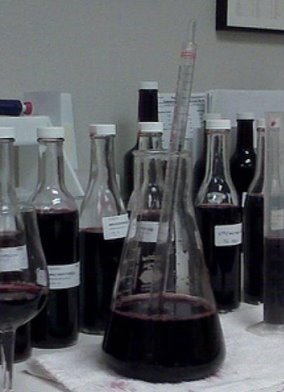
Blending can also occur from different plots or vineyards within an AOC that a Chateau might own. This can mitigate risks from hail – another hazard which can significantly impact quality and yields and manager the impact of vintage variation and any other challenge thrown at the region by mother nature!
Location of the AOC is also important in the varied climate of Bordeaux. Typically, the best left bank appellations (such as Margaux, Saint Estephe and Saint Julien) are warmer than the right bank appellations (Pomerol and Saint Emilion) due to the amount of gravel and less clay in the soils (see below picture of a typical left bank gravel soil) and shelter from the cooling influence of the Atlantic by the vast La Lande forest. The more gravel in the soils, the more reflection of heat and light and better drainage of rainwater which allows the late ripening Cabernet Sauvignon to fully ripen whereas the cooler right bank with its more water retaining clay-based soils focuses on the earlier ripening Merlot and Cabernet Franc grape varieties. Utilising these natural varietal characteristics and the art of blending are also key to overcome the challenges each vintage throws to the regions dedicated winemakers.
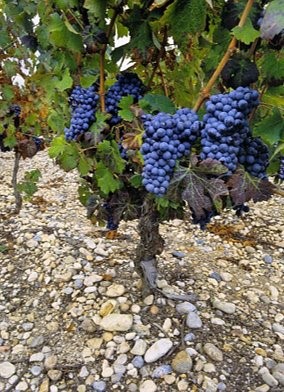
Maturation in oak vessels is the other option for winemakers. Especially with the high tannins of Cabernet Sauvignon in mind, oak maturation softens these harsh tannins making the wines more approachable earlier in their life, great for the consumer! New oak also imparts fantastic spice secondary character to the wine often described as vanilla, cloves, hazelnuts and a smokiness or charred character which complement the powerful fruit profiles of Cabernet Sauvignon, Merlot and the other varieties talked about beautifully. The drawback is that this adds significantly to the cost of the winemaking both in terms of time for the extra processes and the hand-made barrels from the traditional cooperages of France. Each Bordeaux barrel has a 225L capacity which is 300 bottles therefore a significant cellar is also required for the maturation process which in Bordeaux where land is very premium in price which again incurs a significant cost.
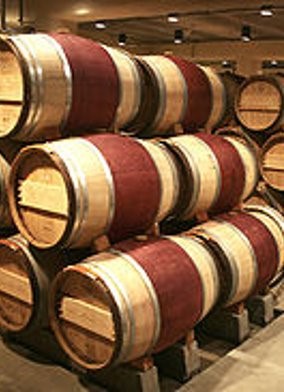
We have an extensive Bordeaux list which you can browse but to highlight firstly a red that can offers great value from the left bank the Chateau Ormes De Pez is consistently good and one of the best Cru Bourgois of Bordeaux. For the 2013 vintage the blend was 46% Cabernet Sauvignon, 42% Merlot, 10% Cabernet Franc, 2% Petit Verdot in 50% New French oak for 14 months. Ormes de Pez 2013 shows a great freshness. It’s a wine marked by precision and exceptional fruit in a challenging vintage. Fruit was picked at optimal ripeness and a green harvest executed to remove millerandage and unripe fruit removed. Chateau Ormes de Pez translates as the Elms of Peace, the Elm trees (Ormes) on the Chateau’s label (see below label image) name celebrates an Elm Forest which unfortunately no longer exists today.
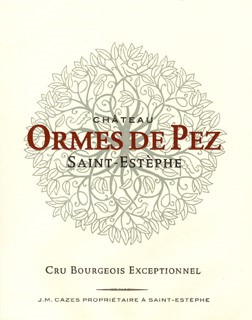
A great value wine from the right bank which is Chateau Mangot Saint Emilion Grand Cru. The 2018 blend of 80% Merlot, 15% Cabernet Franc and 5% Cabernet Sauvignon features the Chateaus 21 plots across the Saint Emilion AOC is a faithful portrait of the 4 terroirs of Saint Emilion between the foot of the slopes, mid slopes, terraces and plateaux highlighted in the below aerial image of Mangot:

The main Bordeaux varieties for white wines, both dry and sweet are Sauvignon Blanc, Sémillon and Muscadelle. They make fantastic blending partners. Sauvignon Blanc adds high acidity, herbaceous notes and powerful aromas. Sémillon adds weight and fruit and Muscadelle is overtly floral. For example, a crisp and fruity dry white from Entre-deux-Mers typically blends Sémillon and Sauvignon Blanc such as our Chateau Deville Blanc.
Sémillon is the main grape variety used for sweet wines because to its susceptibility to noble rot or botrytis which makes famous sweet wines. We list several to choose, but a highly regarded example of the highest quality is Chateau Rieussec’s Sauternes 1er Cru. Its character consistently reveals a beautiful aromatic range lead by citrus fruits. Ranked as a Premier Grand Cru in 1855, it is made with a subtle blend of Sémillon, Sauvignon and Muscadelle. This famous estate borders Château d’Yquem, always good to have nice neighbours!

If you would like to find out more about winemaking or specific regions or the principal varieties of the world - we are excited to have recently launched our WSET certified wine school. Courses start in September 2022 and we have spaces available throughout the Autumn and we would love to share our passion with you which also gives you a widely recognised qualification and the ability to explore more of the fun world of wine.

